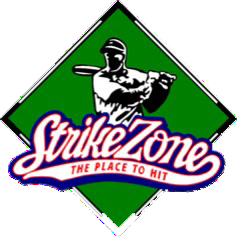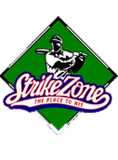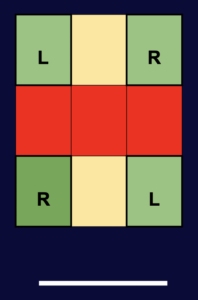
10 Jan Command of the Strike Zone (Part 2 – Pitchers)
In Part 1 of this post, I talked about the importance of commanding the strike zone for hitters. Today, it’s the pitchers’ turn!
On the pitching end of things, commanding the strike zone means different things depending on what age group you are dealing with. With young pitchers who are just starting to pitch (around 7-9 yrs old), “command” probably just means throwing the ball within a foot of the strike zone. As kids get older and their body control gets better (around 10-12 years old), command means throwing within a ball’s width or two of the zone. Around 13-15 years of age, things start to get a lot more difficult. At this age group, pitchers need to do two main things, 1) throw strikes within a ball’s width of the zone, and 2) keep the ball in the lower half of the strike zone. Unless the pitcher throws hard, there is no longer much room for error up in the strike zone no matter where it is. Of course, they also have to successfully manage the adjustment to a full size field.
In my experience at the high school, college, and professional levels, players above the age of 15 who have consistent success on the mound tend to be better in a few areas of the zone. Let’s take a look at the diagram on the right for a better look.
The “L” in the boxes refer to left-handed hitters. The “R” stands for right-handed hitters. As you can see, the areas of the strike zone that older pitchers have to command involve low-and-away along with up-and-in. Command those areas with “enough” velocity and you will have sucess at any level. Keep in mind that “enough” velocity is relative to the level that a player finds himself. “Enough” velocity at the college level may be 84-86 mph. “Enough” velocity at the pro level may be more like 88+ mph. Pitchers don’t have to throw in the upper 90’s to be effective, contrary to many internet warriors. They do have to throw hard “enough,” though.
The yellow zones in the diagram represent areas pitchers can have success throwing to as long as other conditions are met. Things like … How much movement does the pitcher have? – How much has he thrown to other areas of the zone? – Does the pitcher change hitters’ eye level? Yellow areas are fine as long as the pitcher doesn’t stay there too often.
To me, “good command” is equivalent to 70% or more. That means pitchers are able to throw it in the area they want 7 out of 10 times. It sounds easy until you chart it out. Pitchers are often amazed at how often they don’t command the ball where they want it when they add up their chart totals. It gets even tougher when you need to throw multiple types of pitches in those areas as well.
This off-season, when pitchers start to throw off the mound again, make sure they focus a lot of attention on the command that they will need to be successful at the level they are moving into. Charting pitches helps but it starts with a mindset of “command” instead of just a mindset of “throwing strikes.”




